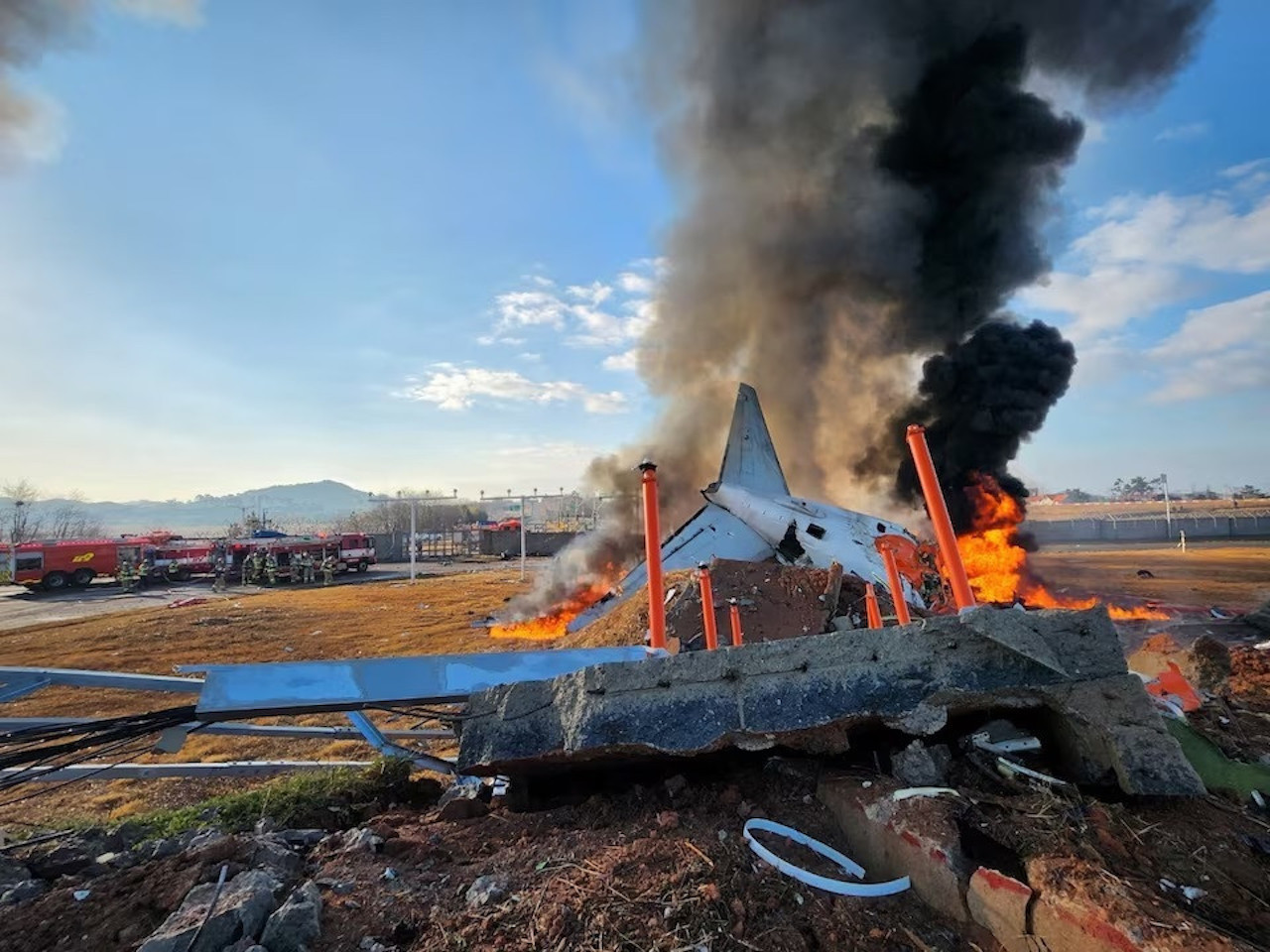
The Vietnam Aviation Authority has ordered airports to coordinate with local authorities to prevent and promptly address acts such as laser beam usage, unauthorized flycam and drone operation, or kite flying near airport areas that could compromise flight safety.
This directive comes as part of enhanced measures to ensure aviation safety during the peak travel period of the Lunar New Year, Tet At Ty 2025.
Strengthened safety measures
The Vietnam Aviation Authority’s directive follows a series of recent international aviation accidents with severe human losses.
One such incident involved a Jeju Air B737-800 aircraft that crashed on December 29, killing 179 out of 181 passengers.
Another crash involved an Azerbaijan Airlines E190 aircraft on December 25, resulting in 38 fatalities out of 67 passengers in Kazakhstan.
To ensure absolute safety in civil aviation, especially during the busy Tet holiday, the Vietnam Aviation Authority has emphasized strict adherence to its safety directives by aircraft operators, maintenance organizations, pilots, and technical staff.
Pilots are required to strictly comply with policies, regulations, and standard operating procedures, particularly under adverse weather conditions or complex scenarios.
They must maintain timely communication with flight control centers when support is needed to ensure flight safety.
Focus on advanced training and weather readiness
The authority has also mandated additional training in flight simulators, focusing on landing scenarios under adverse or sudden weather changes, including crosswinds, gusts, and wind shear.
Emphasis is placed on mastering crosswind operations, maintaining runway alignment, and preparing for go-arounds in unfavorable weather conditions.
For foreign operators, it is mandatory for pilots to fully prepare for flights by thoroughly understanding Vietnam's aeronautical information, studying airport layouts, flight routes, and operational procedures.
The Vietnam Air Traffic Management Corporation has been tasked with updating meteorological information, particularly regarding adverse weather conditions in its area of responsibility.
This includes preparing appropriate operational plans and providing timely information and guidance to pilots.
Additionally, air traffic controllers are to increase observation and monitoring of air traffic, plan flight operations effectively, and identify potential risks to flight safety, issuing warnings and offering assistance as needed.
Enhanced weather forecasting, alerts, and advice for operators, air traffic controllers, and airport operational teams are also mandated.
Coordinated action against safety threats
The Vietnam Aviation Authority has instructed airport authorities to intensify safety inspections on runways and address violations related to flight operations.
Airport authorities must also lead coordination efforts with airports, local governments, and relevant agencies to detect and prevent acts such as laser beam usage, unauthorized flycam and drone operations, or kite flying around airport areas that threaten aviation safety.
Strict penalties will be enforced against individuals and organizations violating aviation safety regulations.
N. Huyen